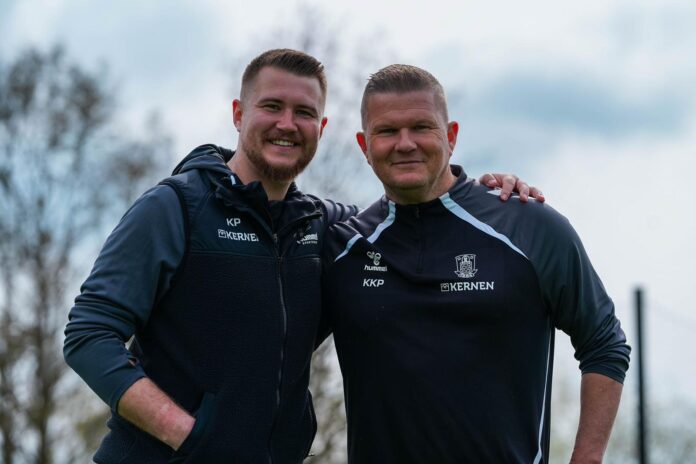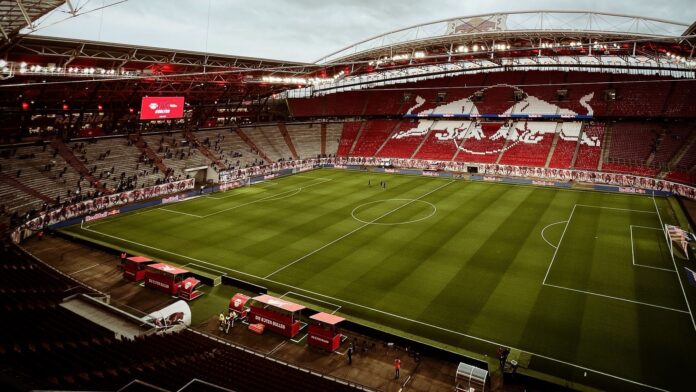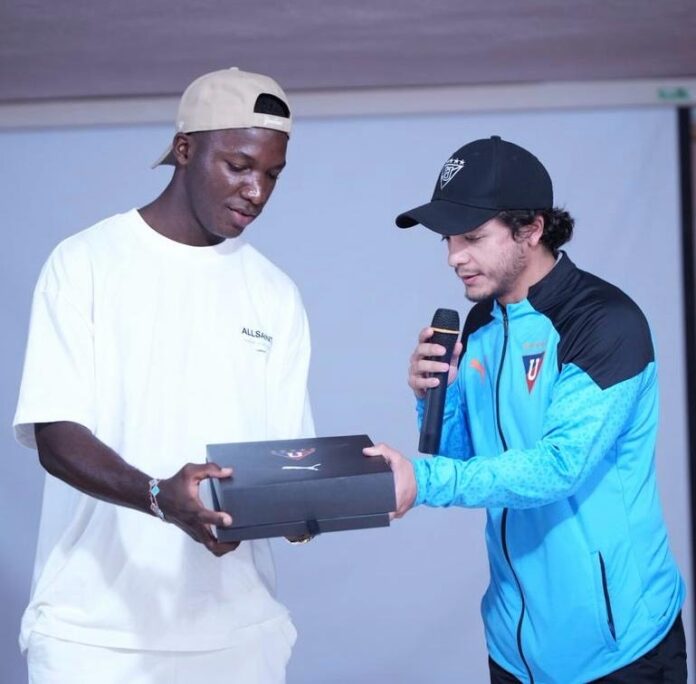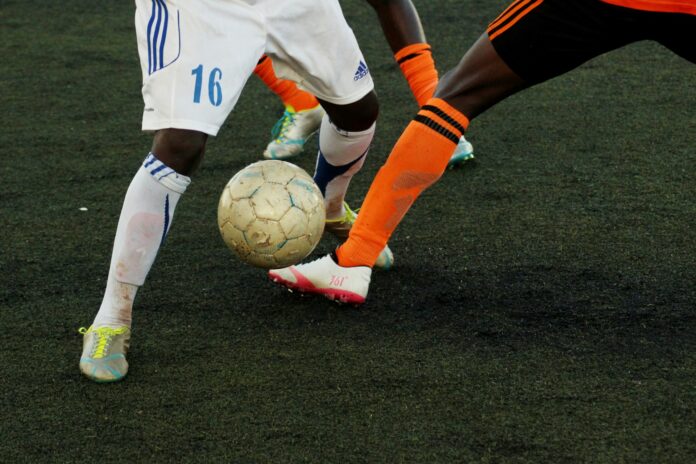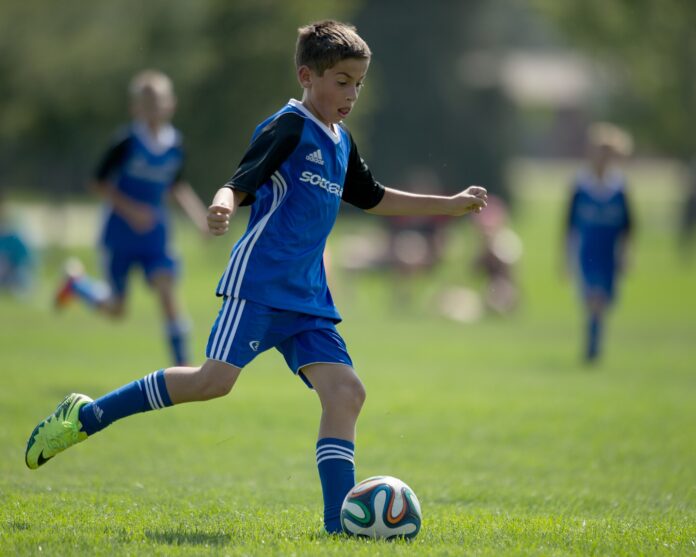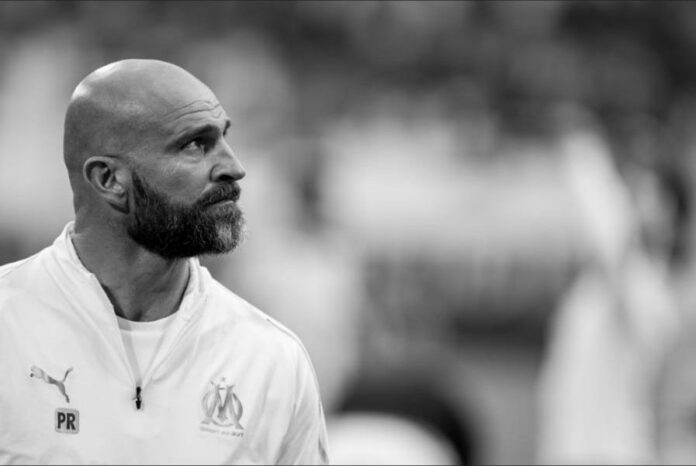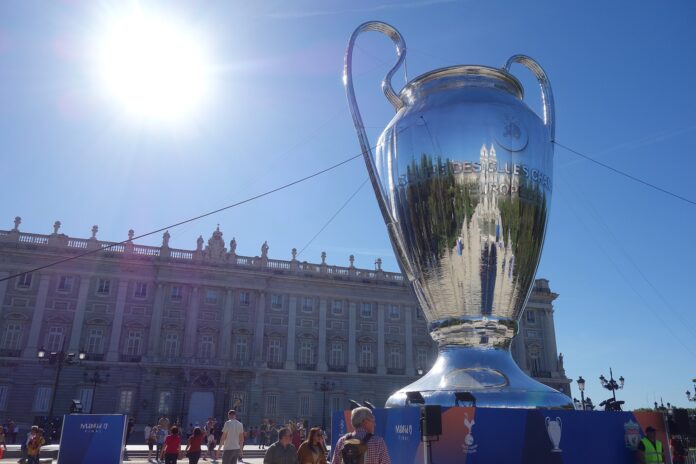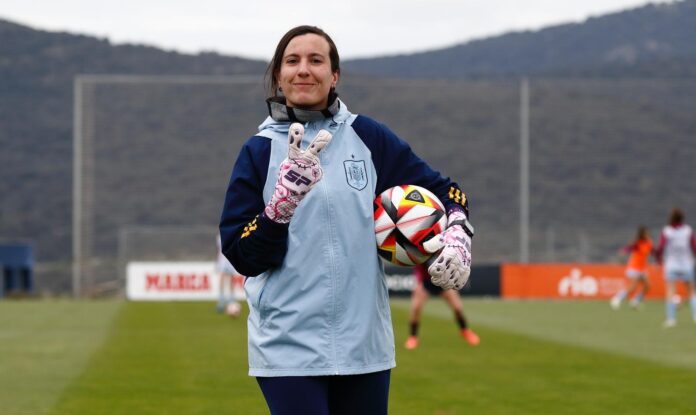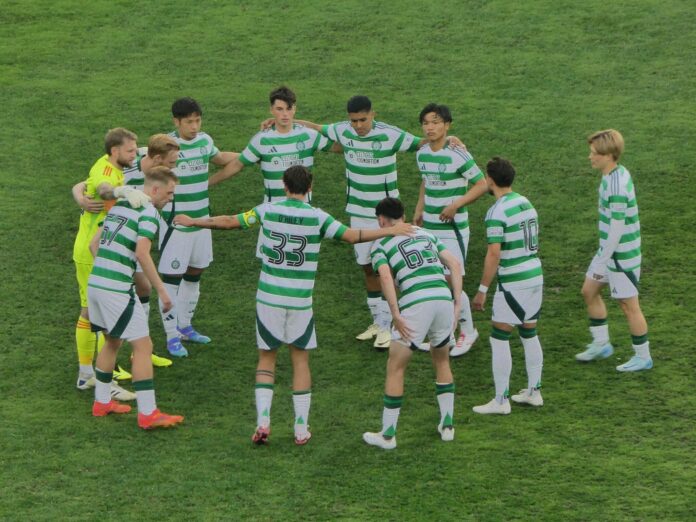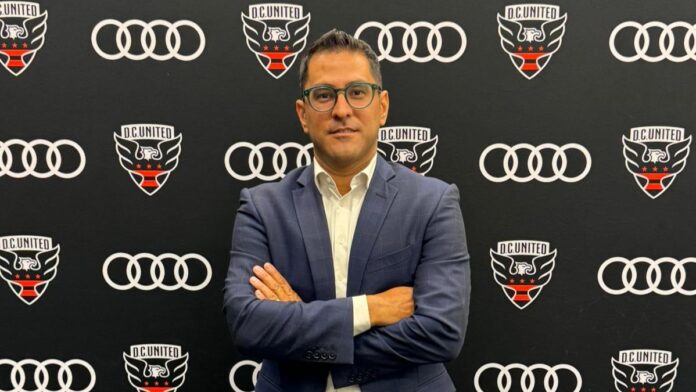Head of Recruitment, Brøndby IF Women
Kenneth Kretschmer Petersen is the Head of Recruitment at Brøndby IF Women, where he leads talent identification and recruitment for both the senior and youth categories.
Before joining Brøndby, Kenneth built a rich and varied career across the women’s game, Coaching, Transition Coach, Assistant Coach in the Women’s League, Board Member, and Elite Youth Coach.
“That range of experience has given me a 360-degree understanding of the development pathway — from identifying potential at a young age to helping players make the step into elite competition.”
That range of experience has given me a 360-degree understanding of the development pathway — from identifying potential at a young age to helping players make the step into elite competition.
Role and Philosophy at Brøndby
At Brøndby, Kenneth’s mission is to connect the present with the future, ensuring every recruitment decision supports the club’s identity and ambitions.
“My role is to make sure our recruitment today aligns with the Brøndby we want to be in the coming years — building a pathway where young players can progress internally, while also identifying external talents who can raise our level.”
The Four Pillars of Recruitment
Kenneth’s recruitment model is structured around four core principles:
- Clarity of profile – defining tactical, technical, physical, and psychological attributes for each position.
- Data-informed scouting – combining live scouting with platforms like Wyscout and StatsBomb.
- Internal development focus – integrating academy players through individual development plans.
- Network and collaboration – maintaining strong relationships across domestic and international football.
Brøndby’s Recruitment Identity
Kenneth highlights that Brøndby’s strength lies in its Danish foundation, complemented by carefully selected foreign players who add quality and experience.
“The goal is to stay true to our roots while expanding our reach — to build around our Danish base with talented players from abroad who can help us compete again in Europe.”
Brøndby aims to expand its scouting network into South America, North America, and Africa. With a comprehensive setup, including on-site boarding, schooling, and cafeteria facilities, the club holds an edge over other Danish teams. Still, Kenneth stresses that further development is needed to fully support international recruitment.
“We have a strong base, but to expand internationally we must keep improving — in our scouting systems, cultural integration, and overall player support.”
We have a strong base, but to expand internationally we must keep improving — in our scouting systems, cultural integration, and overall player support.
Growth and Vision
Since Kenneth’s arrival, Brøndby’s women’s programme has undergone significant growth and professionalization, with an expanded and more specialized staff structure that has strengthened collaboration, performance, and player development.
“We want to build a sustainable system — not just find players, but prepare the next ones.”
Looking ahead, Kenneth’s ambition reflects both club and personal goals:
“I want Brøndby to be an example of how to combine strong internal development with intelligent external scouting — and to keep contributing to the professionalization of the women’s game across Europe.”
Our exclusive interview with Kenneth Kretschmer Petersen
Before joining Brøndby IF Women, what roles or experiences prepared you for leading talent identification and recruitment at this level?
Before joining Brøndby, I worked across a broad range of roles within girls’ and women’s football — from grassroots coaching to leadership positions. I’ve been a Talent Manager, Head of Coaching, transition coach, assistant coach in the Women’s League, board member, and coach for elite youth teams.
That range of experience has given me a 360-degree understanding of the development pathway — from identifying potential at a young age to helping players make the step into elite competition. Along the way, I’ve also been deeply involved in performance analysis and player development structures, which has shaped how I now approach talent identification: combining the human side of coaching with objective, data-informed decision-making.
You’ve been appointed as Head of Recruitment for the women’s senior and youth sides at Brøndby. How do you see your role in shaping the club’s long-term talent strategy?
My role is to connect the present with the future — ensuring that our recruitment decisions today support the identity and ambitions Brøndby wants to live by in the coming years. It’s about building a clear, consistent pathway where our best young players can progress into the senior environment, while also identifying external talents who can raise our level immediately or in the near future.
Externally, recruitment is about being curious, informed, and present. I spend a lot of time watching football — both live in stadiums and digitally through platforms like Wyscout. So far this year, I’ve attended matches in the Women’s Champions League, Europa League, all Scandinavian leagues, and most recently at the U17 Women’s World Cup in Morocco. Seeing football across different levels and cultures provides valuable insight into player types, tactical trends, and development environments — all of which inform how we recruit for Brøndby.
Ultimately, my goal is not only to find players, but to build a sustainable system — one that combines internal development with external intelligence, ensuring Brøndby remains a leading force in women’s football both now and in the future.
You’ve stated that you want to “create a systematic and sustainable recruitment strategy, where we both develop our own talents and identify quality & potential externally.” What are the key pillars of that strategy?
There are four main pillars:
- Clarity of profile – We define position-specific profiles for every role in our system, including tactical, technical, physical, and psychological attributes.
- Data-informed scouting – We combine live scouting with data and video tools such as Wyscout and StatsBomb to ensure objectivity and consistency.
- Internal development focus – We continuously evaluate our academy players and build individual development plans, so internal progression becomes a natural part of recruitment.
- Network and collaboration – We maintain strong relationships with domestic clubs, national team staff, and international contacts to stay ahead of emerging talent trends.
Sustainability, for me, means we don’t just replace players, we develop and prepare the next ones.
What are the biggest challenges you face when implementing a recruitment strategy for a women’s programme at this level?
The women’s game is evolving rapidly, but resources and data availability are still catching up to the men’s side. That makes live observation, network, and contextual understanding extremely important.
Another challenge is balancing short-term competitiveness with long-term development. At Brøndby, we want to win now, but we also want to build the next generation of top players. Managing that balance, and ensuring the entire organisation is aligned behind it, is a key part of my role.
How would you describe the overall structure of female football development in Denmark compared to leading nations such as USA, Germany, or England?
Denmark has made strong progress in recent years, but the pathway still lacks the depth and structural investment seen in the biggest nations. In the USA or England, there’s a broader ecosystem, more competitive youth environments, more full-time setups, and stronger integration between clubs, schools, and national teams.
However, Denmark has a unique strength: the closeness of the football community. Communication between clubs, federations, and players is fast and open, which allows for quicker collaboration and adaptation. The next step is scaling that, building more full-time environments and professionalising the support structure around young female players.
Did you have mentors or influences who shaped your approach to coaching and scouting?
Yes, definitely. I’ve been fortunate to work with coaches and analysts who taught me that football is not just about identifying talent, but about understanding people. Several mentors have reinforced the importance of context, that a player’s success often depends as much on the environment as on the individual.
I’ve also been influenced by my earlier career outside of football, where I built and led businesses. That experience gave me a valuable perspective on leadership, development, and spotting potential, not just in players, but in people. The process of building teams, developing individuals, and creating the right culture is very similar whether it’s in sport or business.
Finally, I’ve been inspired by the analytical side of the game, learning to use data and video not as a replacement for intuition, but as a tool to challenge and refine it. That combination of human understanding, analytical discipline, and leadership experience has shaped how I approach recruitment today
As women’s football continues to professionalize rapidly across Europe, what are your goals for the next stage of your career?
My main goal is to keep contributing to the continued professionalization of the women’s game, helping to create environments where talented players, coaches, and staff can reach their full potential.
In the coming years, I want to keep developing as a leader in recruitment and performance strategy, strengthening the link between data, player development, and long-term club identity. At Brøndby, that means ensuring our recruitment model becomes an example of how to combine strong internal talent development with intelligent external scouting.
More broadly, my ambition is to play a part in raising the overall standards of women’s football, building structures and processes that create stability, opportunity, and sustained success. For me, that’s what true progress looks like.
What are some insights of Bronby and your recruitment policies?
Our strategy is built on a strong Danish foundation, aiming for most players on the field to be Danish, complemented by a few quality foreign players. The goal is to strengthen our identity while competing again in European tournaments.
Brøndby has traditionally recruited well in Denmark and Europe, but we would like to expand to regions like South America and the USA when the time comes. To attract and integrate young international talents, for example, an 18-year-old Nigerian player, we’re improving player care and support systems as the women’s game evolves and our player pool becomes younger. At Bronby we have a structure set up where we house players, a cafeteria and schooling under one roof, so it gives us an edge over other Danish clubs.
We mainly recruit for the A team, with U19 players training alongside them. Our facilities, including boarding, school, and cafeteria, give us an advantage over other Danish clubs. Supported by a Players’ Union salary agreement, we continue to expand staff (from 4 to about 10 in recent years), creating better conditions for development and internal collaboration.
Our next step is to strengthen our internal structure and expand our scouting network internationally to sustain long-term growth.

